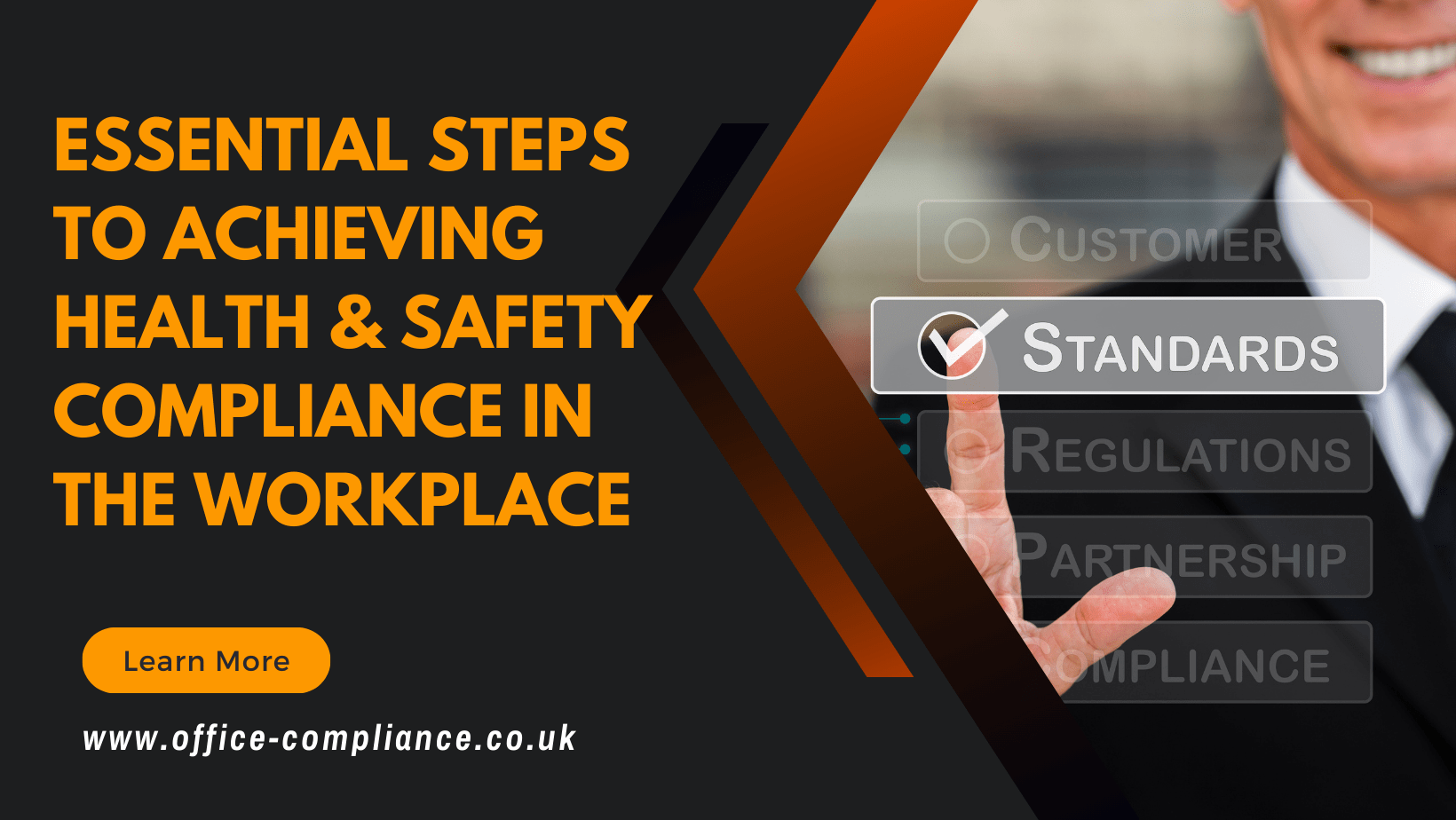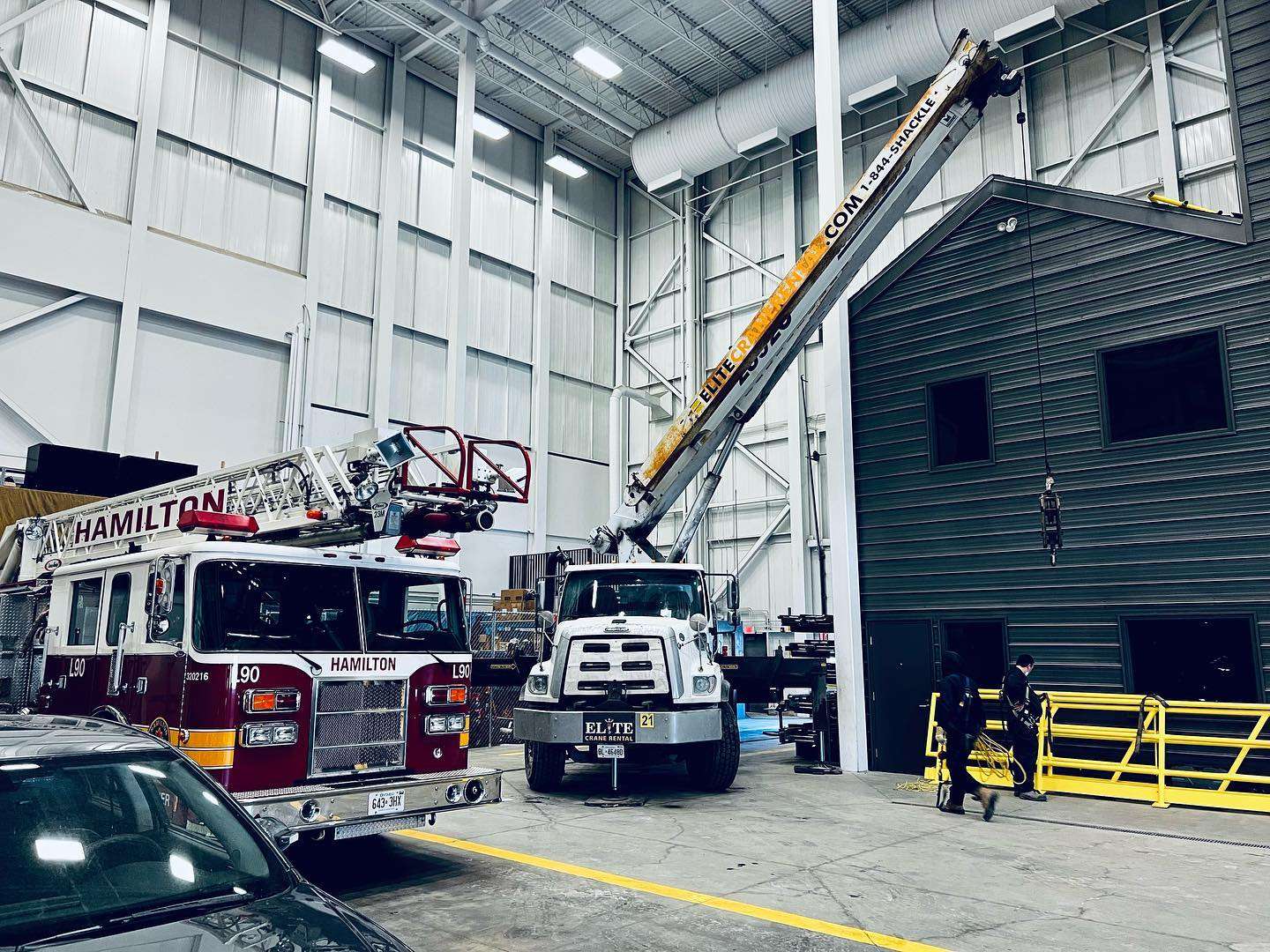Ensuring a safe and healthy work environment is not just a legal requirement; it’s a moral and practical necessity for any successful business. Health and safety compliance in the workplace is a multifaceted endeavor that demands proactive measures and a commitment to the well-being of employees. In this article, we will explore the essential steps to achieving health and safety compliance, providing a roadmap for businesses to create a secure working environment.
Understanding the Legal Landscape
The foundation of any health and safety compliance initiative lies in a thorough understanding of the legal framework. Regulations may vary based on industry and location, so it’s crucial for businesses to familiarise themselves with local and national guidelines. In the UK, for instance, the Health and Safety at Work Act 1974 serves as a cornerstone, outlining the responsibilities of employers to ensure the health and safety of their employees.
Conducting a Comprehensive Risk Assessment
A risk assessment is the first practical step towards creating a safe workplace. Identify potential hazards, assess the level of risk associated with each, and determine the necessary control measures. This process should be ongoing, considering changes in the workplace, new equipment, or shifts in work processes. A thorough risk assessment sets the stage for effective risk management.
Establishing Health and Safety Policies
Once potential risks are identified, it’s essential to establish clear and comprehensive health and safety policies. These policies should be tailored to the specific needs of the business and outline the procedures employees should follow to maintain a safe working environment. Regularly review and update these policies to reflect changes in regulations or the workplace.
Providing Adequate Training
Effective training is a linchpin in achieving health and safety compliance. Employees must be aware of potential hazards, understand the relevant safety procedures, and be proficient in the use of safety equipment. Regular training sessions, workshops, and drills help reinforce safety protocols and ensure that employees are well-prepared to handle emergencies.
Implementing Emergency Response Plans
Accidents and emergencies can happen despite all preventive measures. Having a well-thought-out emergency response plan is crucial. This plan should cover various scenarios, including fire, medical emergencies, and natural disasters. Regularly conduct drills to ensure that employees are familiar with evacuation procedures and emergency exits.
Providing Adequate Personal Protective Equipment (PPE)
Depending on the nature of the work, employees may require personal protective equipment (PPE) such as helmets, gloves, safety glasses, or ear protection. Ensure that the necessary PPE is provided, and employees are trained on its proper use and maintenance. Regularly inspect and replace worn-out or damaged equipment.
Establishing a Reporting System
Encourage a culture of reporting by establishing a clear and accessible system for employees to report hazards, near misses, or incidents. This feedback loop is invaluable in identifying potential issues and implementing corrective measures before they escalate. Foster an environment where employees feel comfortable reporting concerns without fear of reprisal.
Regular Workplace Inspections
Scheduled and unscheduled inspections are crucial to maintaining health and safety compliance. Regularly inspect the workplace for potential hazards, ensuring that safety measures are in place and equipment is well-maintained. Document findings and promptly address any issues to prevent accidents or injuries.
Ensuring Compliance with Hazardous Substances
For workplaces dealing with hazardous substances, compliance with regulations governing the storage, handling, and disposal of these materials is paramount. Implement proper labeling, storage procedures, and employee training to minimize the risks associated with hazardous substances.
Monitoring and Reviewing
Health and safety compliance is an ongoing process that requires continuous monitoring and review. Regularly assess the effectiveness of policies and procedures, and make adjustments as needed. Stay informed about changes in regulations, technological advancements, and industry best practices to ensure that the workplace remains safe and compliant.
Seeking Professional Assistance
Navigating the complexities of health and safety compliance can be challenging, especially for small businesses. Consider seeking professional assistance, whether through consultants, industry associations, or government agencies. These experts can provide valuable insights, conduct assessments, and offer guidance on compliance issues specific to your industry.
Creating a Culture of Safety
Ultimately, achieving health and safety compliance goes beyond ticking boxes on a checklist; it involves fostering a culture of safety within the organisation. This starts at the top, with leadership setting the tone for prioritising employee well-being. Encourage open communication, recognize and reward safety-conscious behaviour, and make health and safety a shared responsibility among all employees.
Conclusion
Health and safety compliance is not just a legal requirement—it’s a fundamental aspect of responsible and sustainable business practices. By understanding the legal landscape, conducting thorough risk assessments, implementing comprehensive policies, and fostering a culture of safety, businesses can create workplaces where employees thrive without compromising their well-being. Prioritising health and safety is an investment in the long-term success of the organisation, benefiting both employees and the business as a whole.









